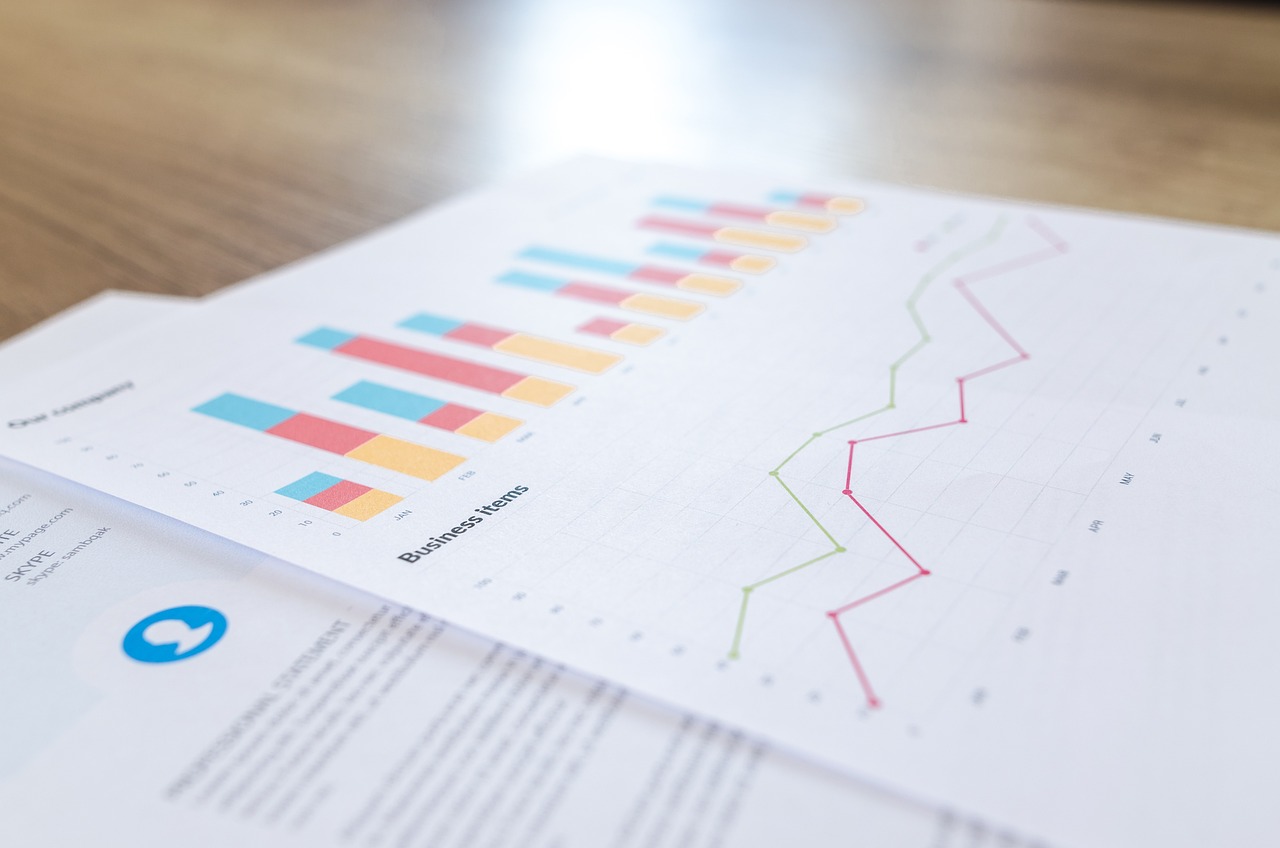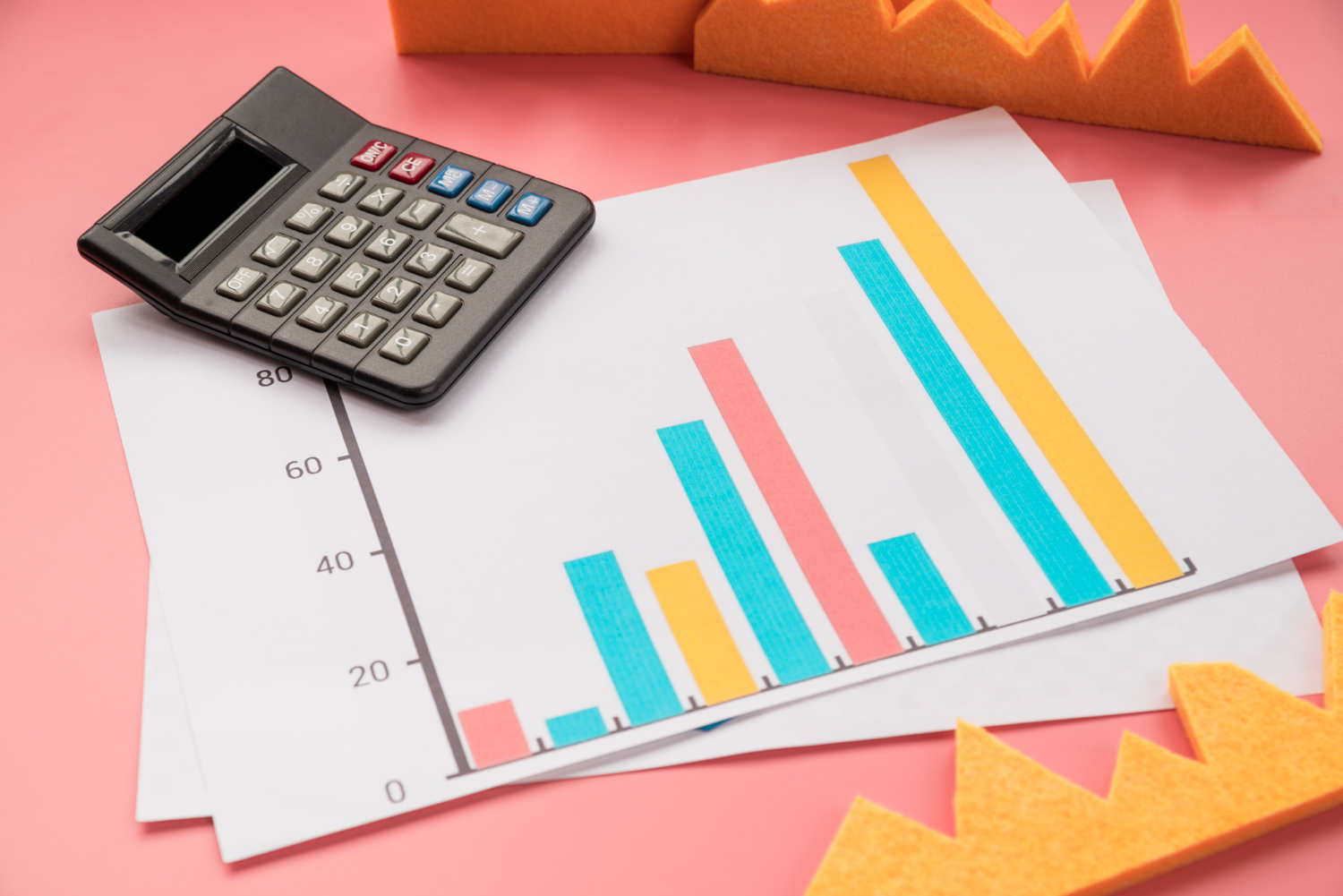

Working capital is another financial term that mystifies many. Positive and negative working capital can seem overwhelming but we’re here to make it easier, and working capital is actually pretty simple to understand once you break it down.
What is working capital?
Working capital is the value left over after all of your short term debts have been met by your available sources of cash or cash equivalents. This is done by subtracting your current assets from your current liabilities.
Working capital can be positive or negative, as your current assets can be lower than your current liabilities. However, as we’ll see, this isn’t a great situation to be in. The value of your working capital highlights whether you have enough liquid assets to pay off short term debts. When investors and CFOs are inspecting a business’ health and level of risk, this is one of the metrics they’ll look at closely.
Today we’ll learn:
- What current assets & current liabilities are
- How to calculate working capital with an example
- What positive and negative working capital mean for a business
- And finally, what impact your industry has on your working capital
Let’s start with a quick recap of current assets and liabilities.
What are current assets?
Current assets are reserves or property of the business that can easily be exchanged for cash, or are already realised as cash or cash-equivalents. Typically they must be able to be converted into cash within one year to be classified as “current”. This can include surplus cash, accounts receivable, and inventory.
What are current liabilities?
Current liabilities are monies that a company will owe within one year, making them short term debts. They often include taxes, wages payable, and accounts payable.
An indicator of a business’ ability to pay these debts is known as the current ratio. The current ratio is a way for investors to weigh up the risk in the business, it is calculated by taking the current assets and dividing them by the current liabilities.
The current ratio is expressed, as the name suggests, as a ratio. Comparatively, working capital is an absolute amount.
The current ratio is also a different formula to working capital. They both use the same figures, but current ratio divides whereas working capital subtracts.
How to calculate working capital
Working capital is actually a pretty simple equation to get your head around. Let’s take a look.
Working capital = current assets – current liabilities
So the equation looks like this:

Now let’s look at a working example (pun intended).
Below is a snippet of a coffee shop business’ balance sheet we created in Brixx.
The arrows in the image point towards the current assets and current liabilities.

Their current assets equal £188,249.64
Their current liabilities equal £34,776.83
£188,249.64 – £34,776.83 = £153,472.81
Working capital of 153,472.81 means the coffee shop has positive working capital and puts the business in a great position to grow.
It’s important to realise that working capital can fluctuate depending on the season and industry. For example, a ski rental shop will have much greater working capital in their high season vs their low season.
What does it mean to have a positive working capital?
If a business’ current assets are greater than current liabilities, this indicates that the risk that they won’t be able to pay short-term debts is low. We will compare this with the coffee shop example above.
The value of this coffee shop’s current assets are greater than their current liabilities. They have enough current assets to cover their debts. Since our example shows capabilities of meeting it’s short-term debts, it’s excess working capital could be invested into the business’ future.
This could provide opportunities for expansion, new equipment, or a new project, like starting a delivery service to local offices.
Working capital, unlike the current ratio, shows an absolute value rather than something proportional. This working capital for the coffee shop is good for them but maybe risky for a larger business, working capital needs to be judged relative to the business’ other finances.
In fact, if a company’s working capital is too high, it might be seen to be missing out on opportunities for growth. Having too much underutilised working capital, may mean that the business can cover its debts easily, but could also indicate that the business’ potential growth could be higher than it is.
Can you achieve positive working capital alone?
It’s important to remember that positive working capital can’t always be achieved by the business alone. Sometimes, outside funding is required. This is almost certainly the case for startups in their first few years of operation since their revenue streams will still be growing.
Although you can increase working capital with outside funding, if you borrow money to do this then you are also adding to the business’ liabilities. Another option is to sell equity in the business instead – this means there’s no liability, but does have other implications for the business, such as dividends to pay out each month.
What does it mean to have negative working capital?
If your current liabilities outweigh your current assets, then you will have a negative figure, this is known as negative working capital.
Negative working capital is generally seen as a bad thing. On the surface your short term available assets won’t cover your short term debts. It means you might have salaries to pay and not enough money to pay them! Of course, this can be resolved through further sales coming through or taking out short-term funding sources.
However, not being able to pay your suppliers, employees, and tax bills can be highly disruptive if it catches you off guard. Consequently, an inability to pay short term debts will stunt the business’ overall growth in both the short and long term. In contrast to positive working capital, you just don’t have free cash to invest into growth. It’s all tied up in paying the running costs of the business, firefighting and scrambling to pay bills.
Moreover, negative working capital can raise concerns about a business’s operating procedures and overall business model. It may indicate that revenue streams are not sufficiently profitable or that cost reduction measures are necessary.
Timing is crucial in these cases. Businesses may anticipate strong sales, but if the cash from those sales doesn’t arrive in time to cover expenses, short-term funding becomes necessary to bridge the gap. It is advantageous to identify these situations in advance, as it makes the loan application process smoother. Keeping an up-to-date cash flow forecast can greatly assist in this regard.
Even if a business has positive working capital, it may still consider utilizing additional working capital loans to maintain cash flow stability and invest in essential areas like marketing, purchasing, and hiring.
It’s worth noting that while negative working capital is generally perceived as unfavorable, there are instances where it is a characteristic of certain industries and does not pose significant problems.
How are positive and negative working capital requirements affected by different industries?
Having periods of negative working capital isn’t always bad. Some industries are more likely to experience times of negative working capital than others. Industries such as retail or food can afford to have negative working capital, as payments from customers come through very quickly. This means that periods of negative capital aren’t as much of an issue.
Money owed to you from customers is shown on the balance sheet in the ‘accounts receivable’ line. When payments happen immediately, the money can move in and out of your bank account before it has time to be recorded as a current asset. This is in contrast to an engineering business where payments may be held up in accounts receivable for months. Therefore, whilst it isn’t always bad to have periods of negative working capital, in order to invest and grow a business positive working capital is necessary.
What is the easiest way to track positive and negative working capital?
The easiest way to track positive and negative working capital is by regularly monitoring and analyzing your financial statements, particularly the balance sheet. Here are the steps to do so:
- Calculate your current assets: Identify and sum up all your short-term assets, including cash, accounts receivable, inventory, and any other assets that can be easily converted to cash within a year
- Calculate your current liabilities: Determine and total up all your short-term liabilities, such as accounts payable, short-term loans, accrued expenses, and any other obligations due within a year
- Calculate working capital: Subtract the total of your current liabilities from the total of your current assets. If the result is a positive figure, it indicates positive working capital. If it’s a negative figure, it indicates negative working capital.
- Regularly review and update: Track changes in your current assets and liabilities over time to monitor fluctuations in working capital. Ideally, perform this analysis on a monthly or quarterly basis to stay informed about your financial health.
By consistently reviewing your financial statements and understanding the relationship between your current assets and liabilities, you can easily identify whether you have positive or negative working capital. This tracking process will help you make informed decisions to improve your financial situation and manage your cash flow effectively. Of course, this is something that can be done in Brixx, so make sure you take a trial and see for yourself!













